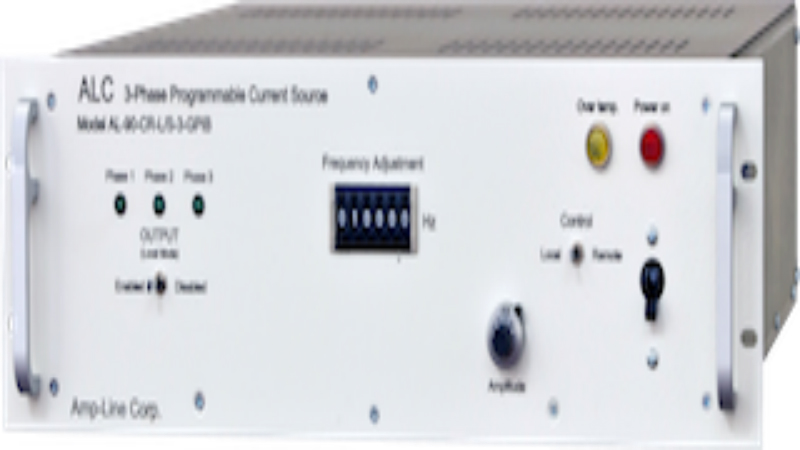One of the many benefits of liquid level sensors is that they can be used for a wide range of materials. As the name indicates they can be used to measure the level of actual liquids, such as gasoline in a car’s tank, but they can also be used to measure different components as well.
Not Just for Liquids
Depending on the specific type of liquid level sensors they can also be used for slurries, even fairly solid types of slurries, any granular material that will flow, as well as powders. They are ideal for any material that will self-level when placed in the tank or container, which is why they are used for measuring much more than just liquids.
For most liquids, including fuel, water and in food manufacturing and processing, float sensors are commonly used. These are low cost, highly accurate and can be mounted inside or outside of the storage and processing tanks.
Types of Measurements
As it is easy to imagine, with this many different types of materials used with liquid level sensors, the types of measurements provided will also vary. There are some sensors, such as those in a vehicle’s fuel tank, that provide a continuous read up and down the tank.
This is essential when the operator of the system has to be able to determine the specific quantity of the slurry, granules, powder or liquid is in the tank at any given time.
The other options are liquid level sensors that provide measurements and readings at specific points. Typically these are at the fill line, or overflow line, as well as the empty or a setting above empty in the tank. Point sensors can be mounted anywhere in the tank and at any specified levels, not just at the top and bottom of the tank area.
There are also models of liquid level sensors that can provide both point indication as well as continuous monitoring. These can include ultrasonic sensors to bounce waves back for reading when the sensor itself is not making contact with the liquid.
It is possible to find highly specialized types of liquid level sensors including those using microwaves, optical readers, pneumatic pressure, hydrostatic pressure and even air bubbles. Choosing the right liquid level sensor has a lot to do with the material being measured and if it can come in contact with the sensor or if it cannot make contact.
At Gopher Electronics, we can help you find the right liquid level sensors for your next project or job.






